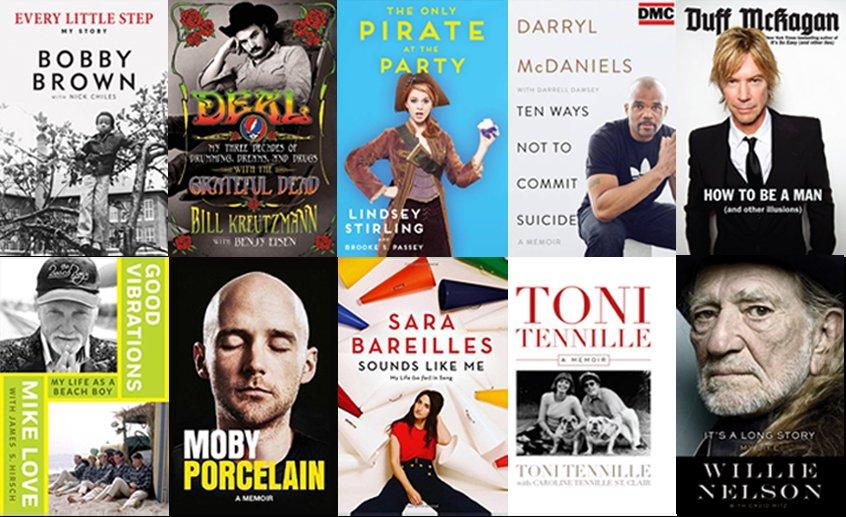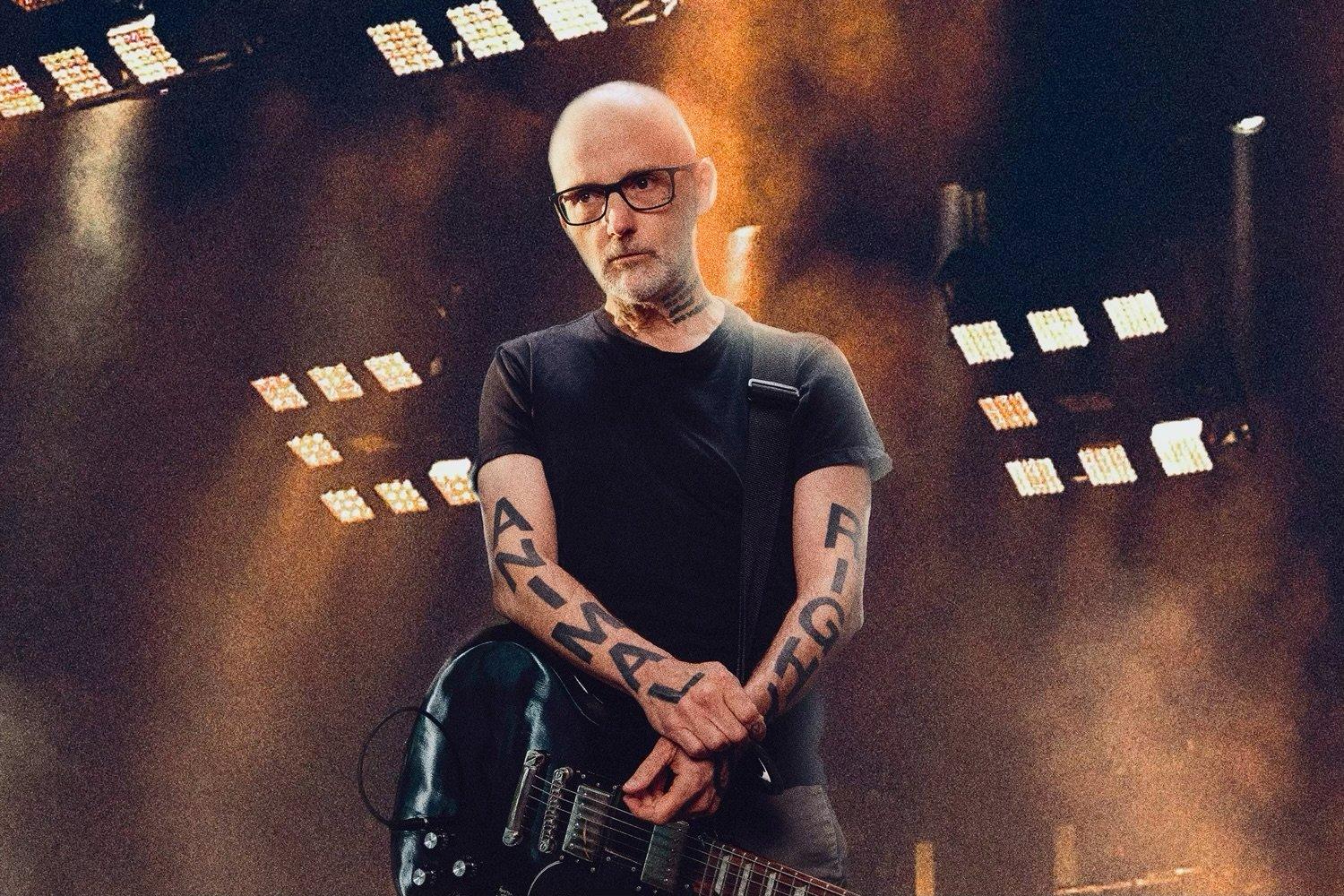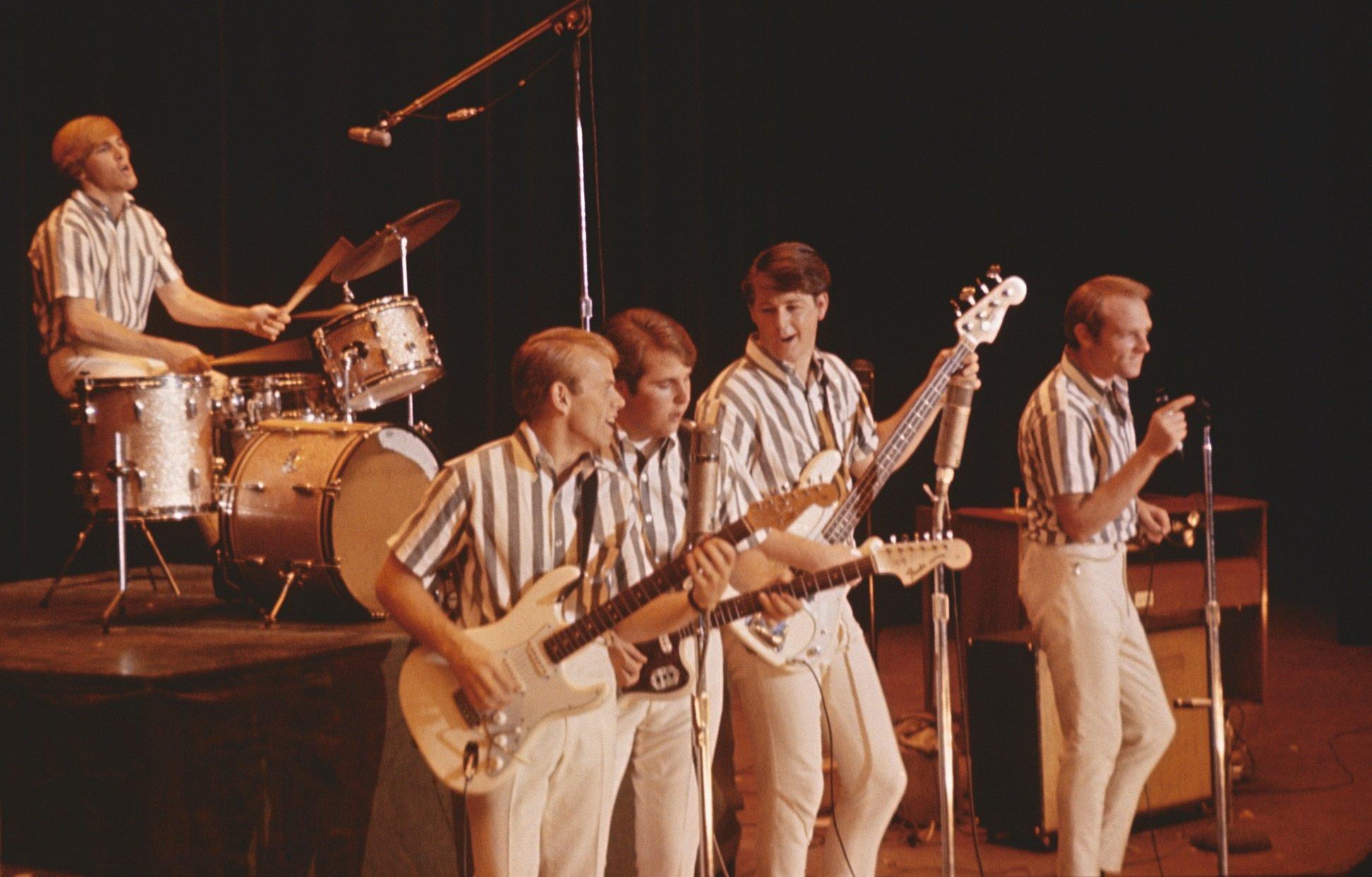Ah, the pleasures of summer. Sunshine and sea breezes. Warm sand and cool beverages. Favorite playlists to relax to. Engaging reads to page — or swipe — through.
Actually, if there's limited space in the beach bag, those last two pleasures can be easily combined by way of a particularly hot literary genre: the music memoir.
Keith Richards may have set an industry standard for exceptional autobiographies with Life back in 2011, but he's hardly alone in wanting to distill a life down on paper. Icons from Bob Dylan (Chronicles) and Willie Nelson (It's A Long Story: My Life) to Patti Smith (Just Kids, M Train) have authored compelling examinations of their early years, while younger talents such as Carrie Brownstein (Hunger Makes Me A Modern Girl), Sara Bareilles (Sounds Like Me) and Questlove (Mo' Meta Blues) have taken time mid-career to pen deeply intimate and highly entertaining self-portraits.
Whatever a music fan's craving in sound, there's now likely a memoir to match: this summer's reads include Duff McKagan's How To Be A Man (And Other Illusions), Moby's Porcelain and Bobby Brown's Every Little Step: My Story. And this fall, just after the beach towels have been put away, readers will have the chance to curl up with Bruce Springsteen's highly anticipated Born To Run and Brian Wilson's I Am Brian Wilson: A Memoir.
Music is a great communicator, and in many ways an artist's musical work speaks for itself. But the best memoirs offer a chance for a musician to speak directly in their own voice. Toni Tennille rocketed to fame in the 1970s as the vivacious singing half of GRAMMY winners Captain & Tennille, and was motivated to write her recently published self-titled memoir largely by a desire to explain to fans why, after 39 years of marriage, she and the Captain (Daryl Dragon) divorced.
"It took me a long time to make up my mind to leave Daryl, and I wanted people to understand that decision," she explains. "I wanted to be fair. He wasn't a monster, and I still find a great deal of joy in the music we created together. But I wasn't happy, and I wanted to share my story to tell others out there that if you're not happy, realize that you deserve to be and take some steps toward happiness."
In his new memoir, Porcelain, Moby recalls his formative years with self-deprecating humor and a fearless openness. "I didn't know if I could write a good book or a successful book," says the GRAMMY-nominated DJ/songwriter. "But I thought at the very least I should aspire to write something that was as honest as I could make it."
The deep dive into memory required of memoirists can be disconcerting. Recalls Moby, "I would be in Los Angeles sitting by the pool drinking a green juice, enjoying the sunshine, but feel fully immersed in '90s New York City squalor. I could actually smell the subway disinfectant. It sometimes felt like an odd form of psychedelic time travel."
Bill Kreutzmann knows a thing or two about psychedelia — his 2015 memoir, out in paperback this summer, is titled Deal: My Three Decades Of Drumming, Dreams, And Drugs With The Grateful Dead. Kreutzmann's trip down memory lane — a trip across some 2,300-plus Dead concerts — proved difficult but worthwhile.
"The research was the hardest part," says Kreutzmann. "I'd be absolutely positive about some piece of information and then discover it couldn't have happened that way — we weren't in that city that year or something like that. I wanted to be really careful because if you make one mistake it becomes harder for anybody to believe the rest of it. Basically, I felt a real responsibility as a band member to tell the truth. I've read some other books about the Dead, and I've been amazed at what they got wrong. And in my case, the stuff they said I did wasn't nearly as funny as the stuff I really had done, so I thought it was about time to get a book out there."
Not every author is looking back at a span of decades. Violinist/performance artist Lindsey Stirling, who will turn 30 in September, began her career just a few years ago as a YouTube sensation. But she had plenty to say in her memoir, The Only Pirate At The Party. The January release's top 10 placing on The New York Times best-seller list would indicate plenty of readers were interested in what she had to say.
"Over and over again I heard that I was too young to write a memoir," says Stirling, who's also preparing for a summer tour and the release of her third studio album. "My thought was that I have an audience right now, and I don't take that for granted. People were ready to hear something about me, and I had a lot I wanted to share while it was still fresh in my mind. I've been open about some of the things I've gone through, but there's no way to adequately share these deep things about yourself at a meet-and-greet. A book seemed like a natural way to get it all out."
Stirling's book examines not only her successes but her struggles with anorexia and anxiety. "I do have a sense of humor, and I didn't want the book to be super-heavy," she says. "But I wanted to bring up some issues that sadly and surprisingly a lot of people can relate to. Spreading awareness is something that really can change people's lives."
Mike Love hopes to stoke a more historical sort of awareness with the September release of his memoir, Good Vibrations: My Life As A Beach Boy. "There's been a lot of misinformation and fallacies and distortions over the years, either by people who were there but had an agenda, or people who weren't there that relied upon sources that were sometimes erroneous," Love explains. "I've never really taken the opportunity to dispel certain things that have been said about me, and it's not fun when you're demonized. On the other hand, I know what I contributed and I know my worth in the group. The Beach Boys have been around for 55 years and I'm the only member who's never quit or been kicked out. It seemed like the right time to give my side of the story."
Darryl "DMC" McDaniels will publish his second memoir in July. His first, 2001's King Of Rock: Respect, Responsibility, And My Life With Run-DMC, was the story of the 2016 Recording Academy Lifetime Achievement Award recipients. But in the course of researching that book, McDaniels discovered he was adopted. His new book, Ten Ways Not To Commit Suicide, examines the emotional turmoil, vocal ailments and alcoholism that gripped him in the wake of that revelation.
"Run-DMC was lucky enough to have a second round of success in our career but when all that good stuff started happening, I went into deep depression because I'd never dealt with my problems," says McDaniels. "Things were going great, and I was suicidal. The book is a way of talking about how I got through that and survived. I want to show people they're not the only one's going through what they're going through. People who look like they couldn't possibly have problems because they've had some success — believe me, we've got plenty of problems."
The catharsis of writing may not be quite the same thrill as the roaring approval of a concert crowd. But Moby points out that the musician/memoirist is simply offering artistic communication through a different channel.
"The goal of making music is not just to have a career but to make beautiful music — it's an expression of your experience of the human condition, and you hope to connect with other people so that you can share that experience. The goal of the memoir is to do that kind of sharing and connecting in a different format. We're all baffled humans trying to make sense of the few decades we spend stumbling around this planet. When we huddle together to connect either through music or through words, we understand each other a little better."
(Chuck Crisafulli is an L.A.-based journalist and author whose most recent works include Go To Hell: A Heated History Of The Underworld, Me And A Guy Named Elvis, Elvis: My Best Man, and Running With The Champ: My Forty-Year Friendship With Muhammad Ali.)










